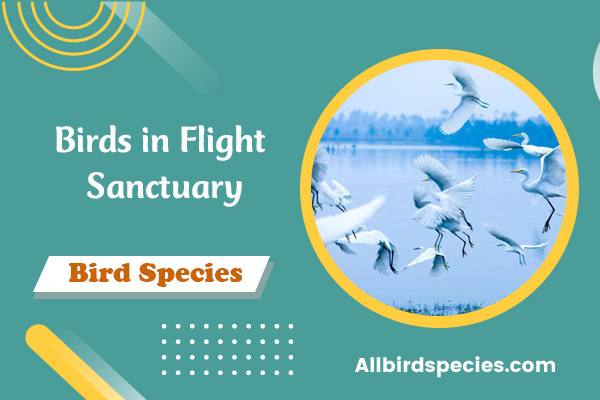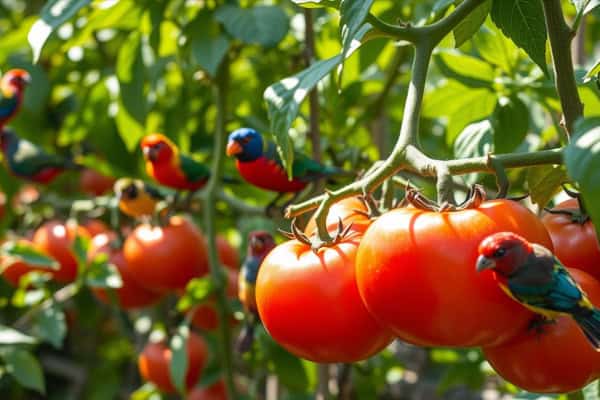Do Hummingbirds Die When They Stop Flying?
Did you know hummingbirds can beat their wings up to 80 times per second? This amazing ability makes them stand out from other birds. But it also makes us wonder: what happens when they stop flying?
Understanding how hummingbirds survive is key, especially since flying is so crucial for them. We’ll look into the secrets of hummingbird behavior and what happens when they stop flying. Do they really die if they stop flying? Let’s find out the truth about their survival and unique adaptations.
Understanding the Hummingbird’s Anatomy and Metabolism
Tiny Birds, Big Energy
Hummingbirds are incredibly small, with most species weighing between 2 to 20 grams—about the weight of a penny! Their small size, combined with their need for rapid, agile flight, has made them some of the most efficient flyers in the animal kingdom. But, in order to achieve this, they need a ton of energy.
The heart rate of a hummingbird can exceed 1,200 beats per minute during flight. For comparison, a human heart rate ranges from 60 to 100 beats per minute at rest. Their metabolic rate is also off the charts, so they need to eat nearly constantly, consuming roughly half their body weight in sugar every day to keep their engines running.
Wing Beats Per Second
When in flight, a hummingbird’s wings beat anywhere between 50 to 80 times per second. This rapid beating helps them hover in place—a skill few other birds possess. Since hummingbirds are nearly always in motion, people assume they might be in danger if they stopped moving. But this isn’t quite the case.
Can Hummingbirds Actually Stop Flying?
Yes, hummingbirds can—and do—stop flying. In fact, they need rest just like any other animal. You may not see them perched as often because their activity level is so high that they’re usually either feeding or flying. However, hummingbirds have been observed perching on branches, especially during the evening or in between feeding sessions.
When they stop flying, hummingbirds find a safe, quiet place to perch, usually high up on a tree or shrub where predators are less likely to spot them. Here, they rest, and their metabolic rate slows down significantly. So, unlike the myth, hummingbirds do not die when they stop flying—they just take a little break.
How Do Hummingbirds Rest?
Sleep and Torpor
One of the most fascinating adaptations of hummingbirds is their ability to enter a state called torpor. Torpor is a type of deep sleep that allows hummingbirds to conserve energy by dramatically reducing their metabolic rate, sometimes by as much as 95%. When in torpor, their body temperature drops, their heart rate slows down to around 50 beats per minute, and they use far less energy than they do during the day.
In this state, they don’t need to consume as much food, which is crucial for their survival during cold nights or in times when food is scarce. Hummingbirds typically go into torpor at night, so they can rest without constantly worrying about finding food to sustain their high-energy lifestyle.
Why the Myth?
So, if hummingbirds can stop flying, why do so many people believe they die if they stop? Here are a few reasons why this myth might persist:
- Constant Movement: Hummingbirds are rarely seen sitting still because of their intense feeding requirements. This constant need for energy gives the impression that they’re “always on the move.”
- High Metabolic Rate: The fact that they burn calories so quickly and have to eat so often reinforces the idea that they’d be in danger if they stopped.
- Misinterpretations of Torpor: When in torpor, a hummingbird looks nearly lifeless, and some people have mistakenly thought they were dead. If you’ve ever seen a hummingbird in torpor, it might look frozen, with little visible movement. But this is just a survival mechanism that helps them conserve energy.
How Do Hummingbirds Manage Their Energy Needs?
Hummingbirds are constantly managing their energy intake and output, much like an athlete balancing calorie intake to match training needs. Here are a few ways they stay fueled:
- Frequent Feasting: They eat several times an hour, primarily consuming nectar, which is high in sugars. They also eat insects and spiders to get essential proteins and other nutrients.
- Precision Flight Patterns: Hummingbirds have evolved to make energy-efficient use of their unique hovering skills, which minimizes wasted energy during feeding.
- Energy-Saving Perches: While we often see them hovering, hummingbirds do perch from time to time. Perching allows them to rest without expending precious energy.
Let’s take a look at how some of the numbers add up:
| Hummingbird Activity | Heart Rate (bpm) | Metabolic Needs |
|---|---|---|
| Flight | 1200 | Consumes energy very rapidly; needs constant feeding. |
| Perched (daytime) | 250-400 | Still high but less intense; can take brief rests. |
| Torpor (nighttime) | 50-80 | Extremely low energy use, conserving calories overnight. |
Do Hummingbirds Have Special Energy Sources?
Hummingbirds consume nectar from flowers, which is essentially liquid sugar—exactly the kind of fuel they need for their high-energy lifestyle. To break down the sugar quickly, they have unique enzymes in their digestive system that allow them to process the energy almost as soon as they eat.
They don’t store fat the way some birds do for long migrations, which means they need to refuel constantly. But, interestingly, if they’re preparing for a long migration, they will begin to bulk up by eating more. Some species, like the Ruby-throated Hummingbird, will gain nearly double their body weight before making the grueling journey across the Gulf of Mexico.
The Role of Torpor in Surviving Cold Climates
While most hummingbird species live in warmer climates, some species, like the Anna’s Hummingbird, live in regions with cooler winters, even as far north as Alaska. These hummingbirds rely on their torpor state to survive frigid temperatures, conserving enough energy to make it through until morning.
Without torpor, many hummingbirds would simply burn through their energy reserves too quickly and could risk starvation during the night. This ability to “power down” overnight is essential for their survival and proof that stopping (or at least dramatically slowing down) is part of their survival plan.
A Day in the Life of a Hummingbird
To give you a better idea of just how packed a hummingbird’s schedule is, here’s a breakdown of their daily routine:
- Dawn: Wake up from torpor, warm up by shivering, and start feeding.
- Morning to Afternoon: Flying from flower to flower, feeding on nectar and catching insects.
- Late Afternoon: Perch and rest briefly, groom feathers, sometimes engage in territorial “sword-fighting” with other hummingbirds.
- Dusk: Find a safe place to sleep, possibly entering torpor to conserve energy overnight.
This demanding schedule gives you an idea of why they’re constantly in motion—but as busy as they are, they do stop, just not for long!
Final Verdict: Do Hummingbirds Die If They Stop Flying?
In short, hummingbirds do not die if they stop flying. They have developed strategies for resting and conserving energy that are just as impressive as their lightning-fast flight skills. They enter a state of torpor to conserve energy when food is unavailable or temperatures drop, and they perch periodically during the day to rest.
While it’s easy to see how the myth of “flying or dying” arose, especially given their high metabolism, the truth is that hummingbirds have some incredible adaptations that allow them to survive both while in constant motion and at rest.
So, the next time you spot a hummingbird darting from flower to flower, remember that while they’re a tiny, high-speed marvel, they’re also equipped with some serious survival skills that let them take breaks and rest when needed. These tiny dynamos are here to stay—whether they’re in the air or perched quietly, catching their breath.







